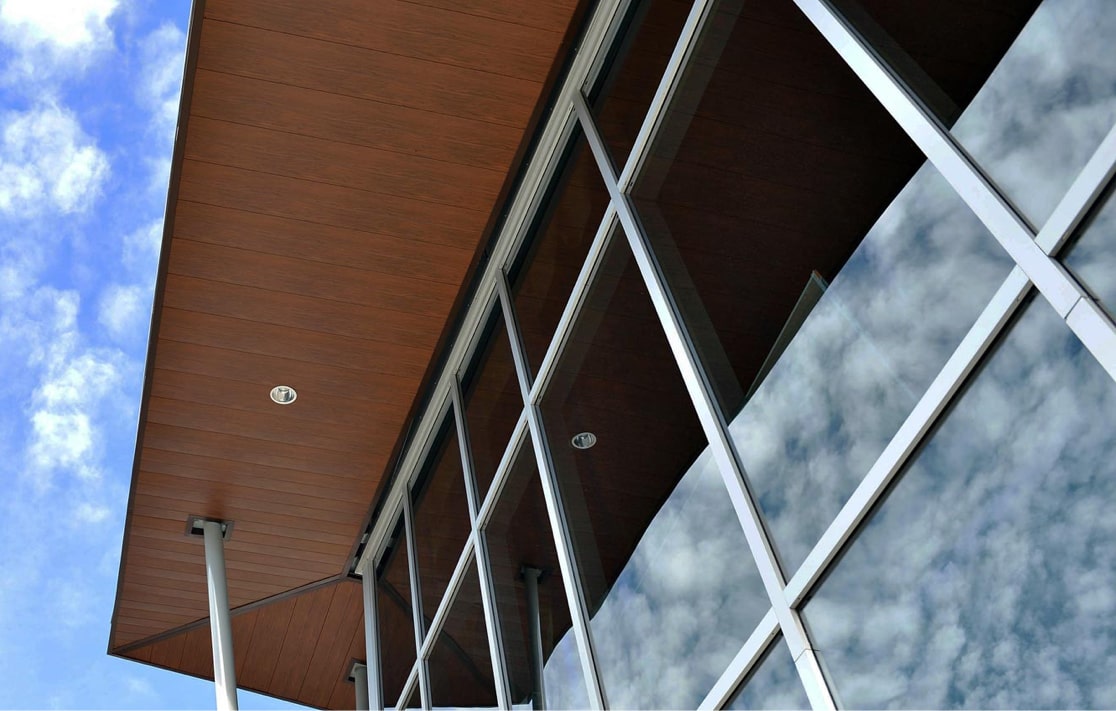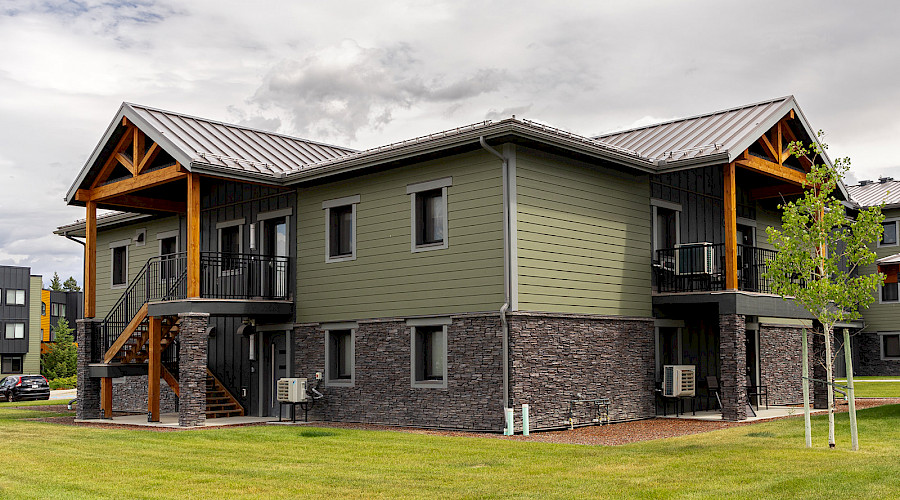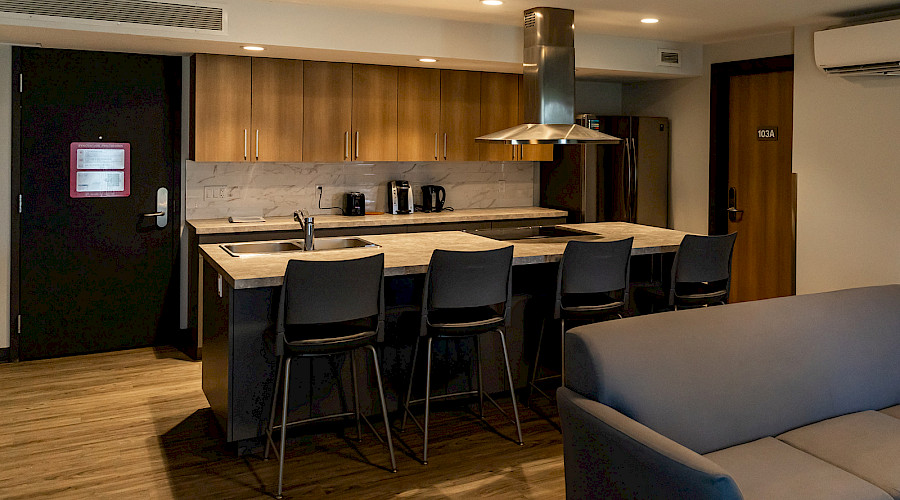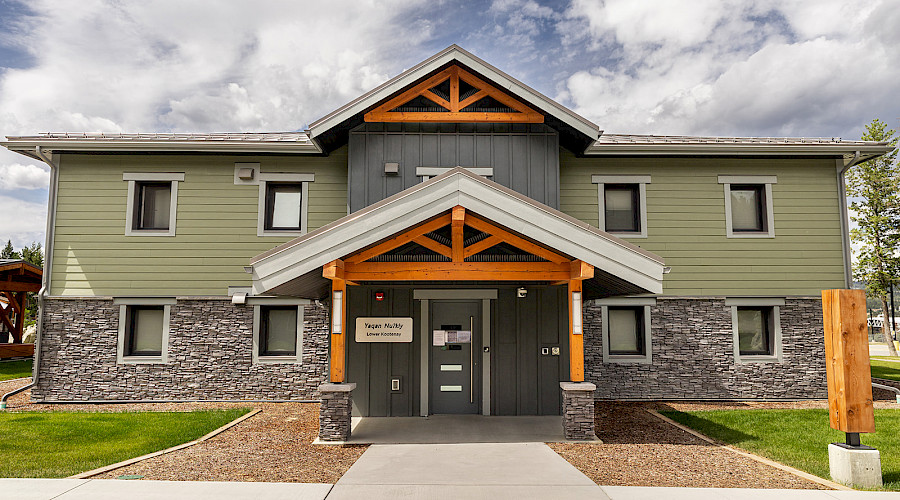This project proved that new and sustainable methods of building are possible. The five cottage-style living quarters were designed and completed to meet Passive House Canada standards, a first in the country for this project type. Considered one of the most rigorous, voluntary design standards in today's building industry, Passive House Canada helps create energy-efficient, affordable, and ecological builds.
Our project team was devoted to completing this project in time for students to start their winter term. One way we managed to meet this deadline was by working day and night for three months straight.
Another concern for the campus was to minimize impact to the surrounding forest. The Chandos team ensured that surrounding trees were undisturbed, and trails were kept open during construction. Proper construction fencing was also put in place for the safety of students and visitors using the area during this time.
Upon completion, the residences were able to host 2,500 students and add 100 extra beds to the campus. This helped to considerably reduce the strain on rental units in the Town of Cranbrook.



